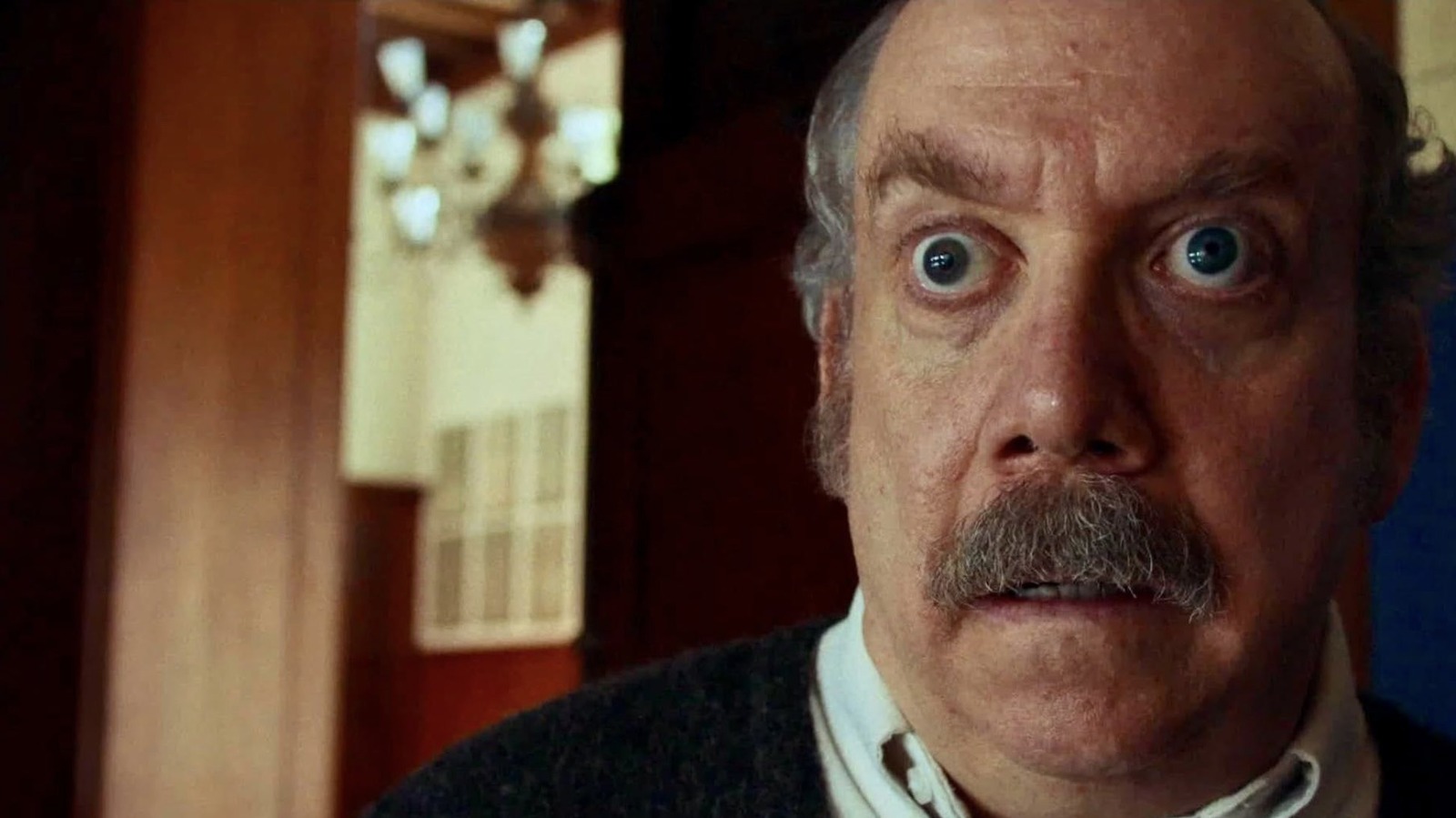Of course, movies that appear very different can actually share the same plot structure. However, this is less evidence of plagiarism and more evidence of patterns in storytelling that are as old as storytelling itself. There are certain narrative rhythms and character dynamics that have been proven to satisfyingly scratch an itch in the human brain, and Hollywood has whittled them down to a set of finely-tuned formulas. There’s the classic hero’s journey (“Star Wars,” “Back to the Future,” “Harry Potter,” and a few million others). There’s the Syd Field Paradigm. There’s Michael Hauge’s six-stage plot structure. And if you’re feeling funky, there’s Freytag’s Pyramid.
Beneath these overarching structures lie countless familiar storytelling tropes. One of the “Frisco” script pages in the document is a scene that begins with one character entering and another character asking them, “What are you doing here?” — a screenwriting cliché so common that it was a running gag on “BoJack Horseman.”
Thanks to this shared language of storytelling you could pick pretty much any two screenplays at random, grab a highlighter, and find a wealth of similarities on the same level as a symbolic billboard and a symbolic bottle of cognac. Try it with “The Sound of Music” and “Ace Ventura: Pet Detective,” both of which begin with characters feeling discomfited by the main character’s chaotic behavior. How do you solve a problem like Ventura?
